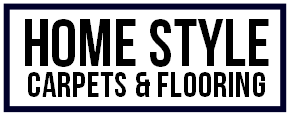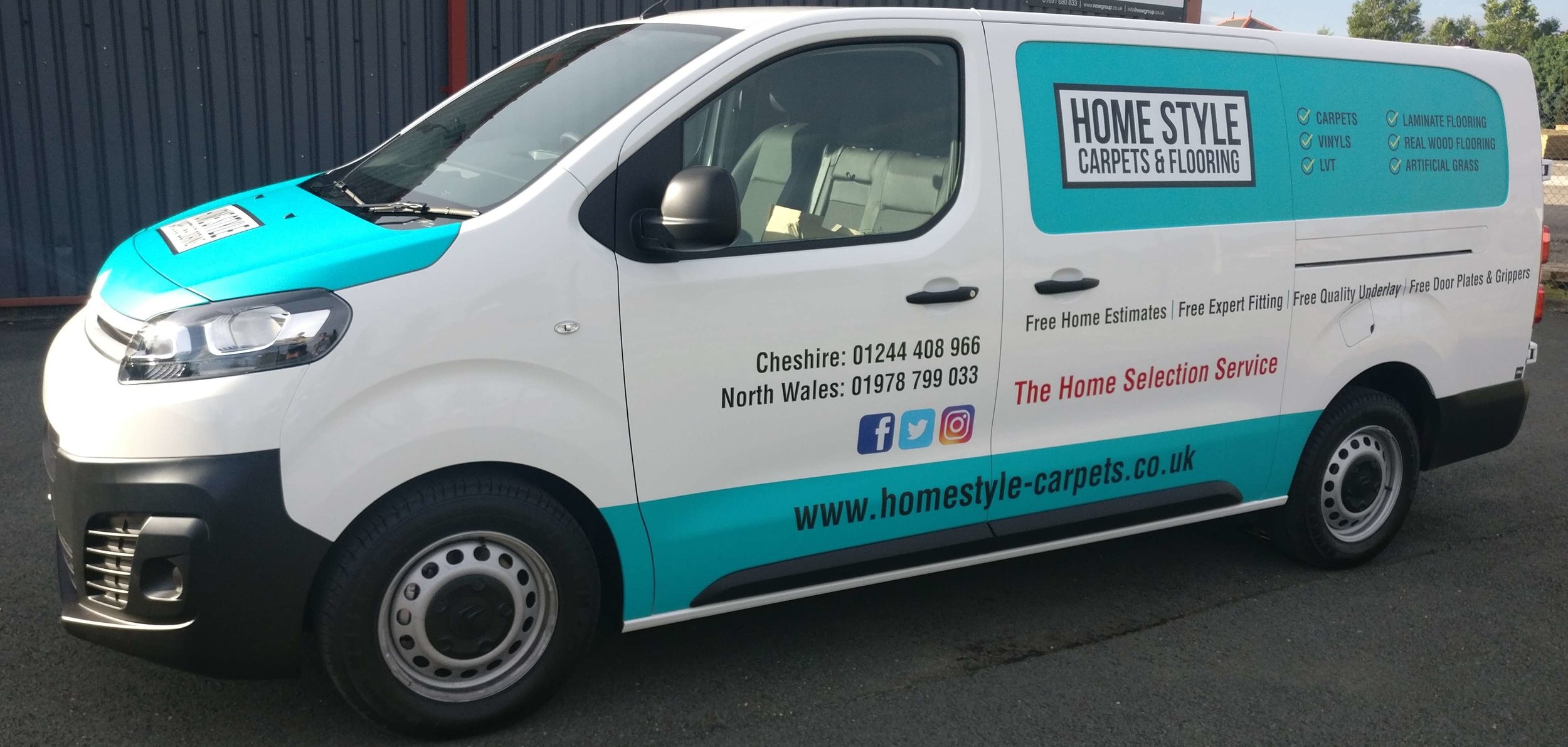Many people who have young children choose to create a dedicated room within the home that they can use for play. A home playroom is a place for children to explore their imaginations and creativity in comfort and safety, but when furnishing it some practical matters must be considered.
The walls can be decorated with multi-coloured designs if you want, but the flooring should put practicality front and centre. It needs to be comfortable to walk and run on and durable enough to withstand jumping or stamping, while also being easy to keep clean and maintain. That is a lot of tests for a floor surface to pass, but there are four quite common ones that will be ideal for a playroom.
Laminate flooring
Laminate floors will make for a very effective choice for a playroom where young children will be spending their time. Laminate bears a close resemblance to hardwood floors, but there are several factors that will make it a much better choice than that. For one thing, it is highly durable and hard-wearing; able to withstand children running about all over it without picking up the scuffs and scratches that a hardwood floor will get.
It does not warp in hot temperatures either, whereas wood can, although if water or other fluids are spilled on it they should be wiped away as quickly as possible. That brings us to another reason why laminate is a great playroom choice: it is easy to clean. Spillages and stains can just be wiped off. It can be fitted as tiles or planks that resemble stone or wood if you prefer and adding rugs will make the room warmer and softer for your children.
Carpeting
The next obvious choice when furnishing a playroom for children is to fit carpeting. The main reason why it is a good floor selection for such a room is that it is one of the softer floor surfaces, which will minimise the risk of your child being hurt when they kneel down on the floor to play or if they fall. Carpeting means cushioning and that can be reassuring for you.
Another argument in favour of a carpeted playroom is that it will help to keep the room warm. Carpets retain the heat within a room, so less will be spent on keeping the cold out while your children are using it. Carpets also help to cancel out noise, which is an important consideration when youngsters are playing – especially if you have neighbours. Cleaning and maintenance is a little more involved, although regular sweeping or hovering will deal with most issues. Pick an affordable carpet though, so that replacing it when it gets frayed or discoloured does not set you back too much.
Carpet tiling
If you like the thought of the various benefits that carpeting offers but are worried that it will not be hard-wearing enough to cope with your children at play, carpet tiling can be a good compromise. Carpet tiles are made of similar materials as standard wall-to-wall carpets, but are manufactured as individual tiles rather than as a single piece. This means that, although they can be vulnerable to the same damage as normal carpets, you would only have to replace individual damaged tiles rather than the entire floor surface. Removing a worn tile and fitting a new one in place of it is quick, simple and cost-effective.
Maintenance is also fairly easy, as they just need to be hoovered each week. Carpet tiles usually have a lower pile than wall-to-wall carpets, so they are less likely to pick up dust and dirt. By opting for carpet tiling for the playroom you will benefit from the warmth, cushioning and noise cancelling effects of carpeting, without some of the downsides of a wall-to-wall one.
Vinyl flooring
The fourth good choice for a playroom floor is vinyl. This is a very flexible surface that can be printed to closely resemble a variety of more expensive ones, from natural hardwood to stone or porcelain tiles. It can also be bought in a wide range of lively colours, all of which means it will add to the cheerful and fun look of the room.
Beyond that, vinyl is also a really practical choice. It is highly durable, being both scratch and water resistant, and very easy to keep clean. That means your children will be able to have fun running and jumping around the room, or playing with paints and other messy items, without you having to worry about damage to the floor. Vinyl is an attractive and hard-wearing floor surface as well as an inexpensive one, so it will be the perfect pick for a children’s playroom.
All of these floor surfaces will work very well for a playroom, so picking one to suit your needs should not present any difficulties.

